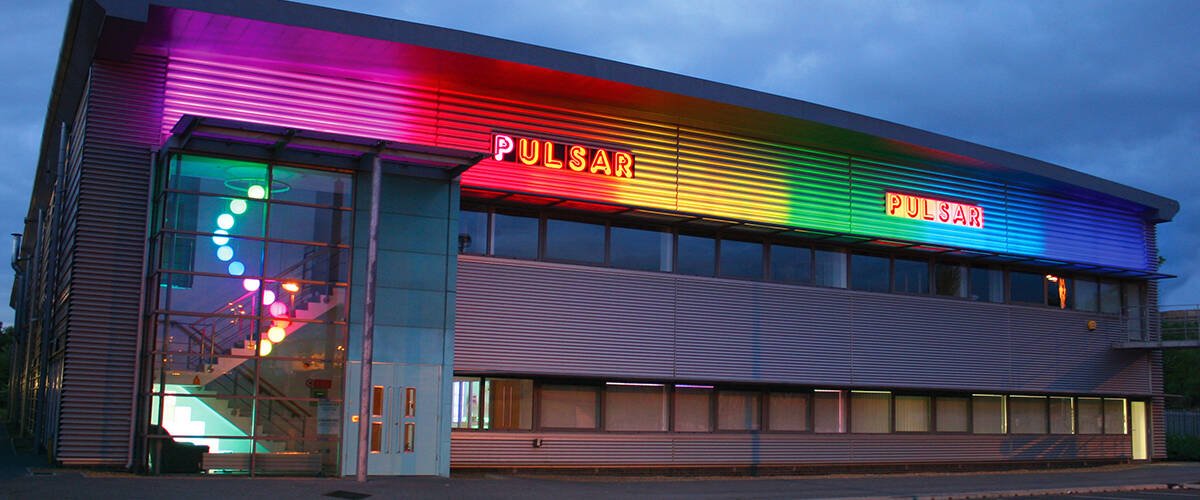If you’ve chosen to cut the cable and are looking to turn your house into a streaming-only spot, you might have to make some tough choices. After all, with surcharges, internet service prices, and download speeds factored in, you don’t want to wind up paying too much for streaming.
So between top offerings like Netflix and Stan as well as up-and-comers like Foxtel Now, how do you make the right decision? Are certain options only available in select areas? Who has the best customer service? Here’s your guide to Aussie streaming services so you can choose the best provider.
Netflix
These days, everyone knows Netflix. The company pioneered the streaming game and is now investing more and more into original programming. However, to get the most bang for your buck, you may want the Ultra HD package which relies on high bandwidth or wireless speed and isn’t often subject to promotional prices. While you may find a promotion here and there – especially on social media – there are additional fees and surcharges for the high quality. Plus, you may need to pay to increase your internet speed to see the best results. There are no equipment fees if you have a smart TV or if your ISP has provided you with the right setup. Is it worth it? It depends on who you ask. Some users love being able to download shows over WiFi while others thing the original programming is just so-so.
Stan
Streaming service Stan is one of the other big names in the Australian streaming game. There are several pricing tiers depending on what you need. If you have the right internet speeds and a high Mbps, you can go for the 4K tier. Stan is also notable for including a variety of Australian programming, some of which the service developed on their own. While you can still download content, if anything expires, it will need to be re-downloaded which can be a hassle. Luckily, no uploads are required here so upload speed doesn’t matter. Your service address will matter, however. If you’re traveling outside of Australia, Stan won’t work. You can sometimes snag promotional prices or a bundle if you have a keen eye.
Amazon Prime
Since Prime is often billed annually, this might seem like the most “spendy” option on the list. However, there are no pricing tiers and you get the added benefits of Amazon’s shipping network included alongside Ultra HD 4K content. Fiber optic internet might be a plus here as Amazon can be known for heavier data usage. It has stronger original content than, say, Hulu, and there are rarely rate increases. As long as you have active Visa debit cards to handle your subscription, you just need to stay in good standing and have a router or modem lease with a strong internet connection. Compared to some other options, Prime rarely has service interruptions and a fast connection from your internet provider means you can handle a large Mbps download with ease.
Picking an Internet Plan
Your internet provider matters if you want high-speed internet and the intended result when streaming. Look for an internet provider that doesn’t bundle equipment charges or equipment fees. Also, avoid promotions that will just lead to rate increases down the road. For many, 100Mbps is a good streaming speed. You may even be able to waive installation fees and secure a better deal than your current rate. Plus, if you have your own modem, you won’t have to pay an additional equipment charge. Between cable internet and fiber optic, it’s going to depend on how much cash access you have. Also, try to find a company with good customer service, especially for new residential customers. Whether you want to surf on your mobile device or you want to cut your cable wires, new customers may be able to secure a discount with their internet service provider.
If you’re struggling to choose the right discount or promotion period, you can compare internet plans with iSelect. From viewing promotional prices and additional fees to verifying actual speeds, it’s a great way to choose the ideal Mbps download and Mbps upload speeds for the ideal streaming experience.



